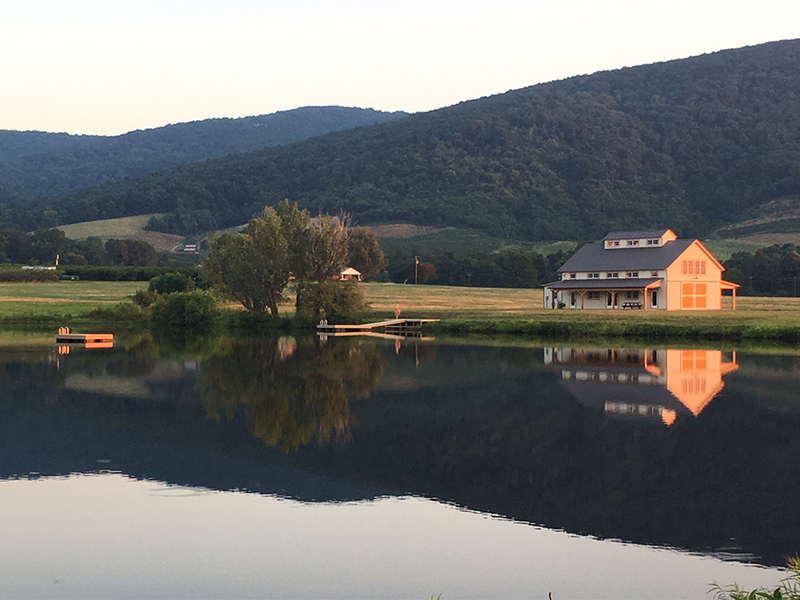
How to Preserve the Natural Features & Functions of Your Building Site
Imagine opening your door to a yard filled with wildflowers and teeming with butterflies and songbirds. Imagine yard maintenance transformed from the joyless tasks of mowing and pruning into a simpler, more rewarding role of nurturing and curation. Imagine creating a landscape design that is not just ornamental beauty, but becomes a back yard nature preserve all your own. Preserving and restoring the natural beauty of your property before, during, and after construction is a process we call Site Stewardship.
Our foundational principle for conservation is simple: no matter what property any of us may temporarily own, we are all simply caretakers. We must be good stewards of the land, to care for it in a way that enhances and enriches the biodiversity of the natural world upon which we rely. We are all connected — the soil, water, sunlight, plants, insects, birds and humans — and the better we care for our land, the better the land will sustain us.
Elements of Site Stewardship
With Geobarns, stewardship planning begins the first day we visit your property with you. We assess the current natural state of your property and carefully plan for building placement, water management, and soil conservation. As your building partner, we can provide you with a detailed Stewardship Report that will advise you on restoring the natural beauty and function of your property once construction is complete. Our Stewardship Report can guide you in understanding how to build a healthy ecosystem yourself, or if you choose to hire landscaping contractors to do the work, our Stewardship Report will provide the expertise you need to select and oversee the right contractor for the job.
- Healthy Soils
- Water Management
- Native Plants
- Wildlife Habitats
- Balanced & Integrated Systems
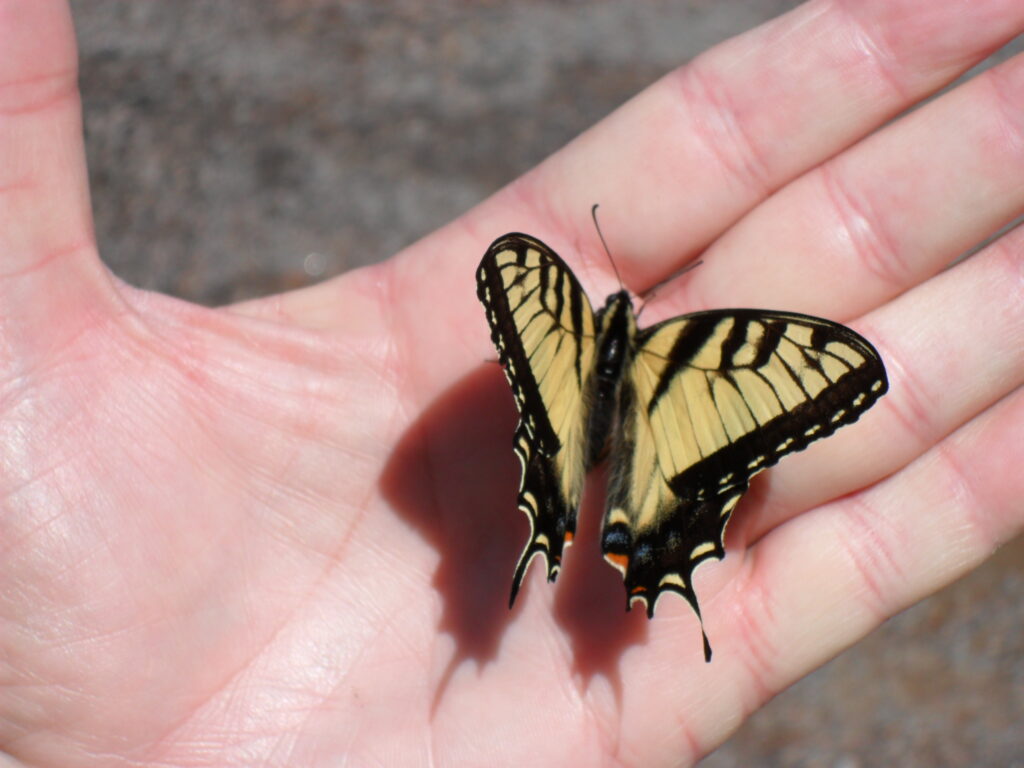
Healthy Soils

Healthy soils are the foundation for a healthy ecology. They provide open spaces for oxygen flow, water absorption, groundwater recharge, food for plants, habitat for decomposers, and carbon sequestration.
Typical construction practices often remove living soil, replacing it with a thin layer of lifeless topsoil covered with sod. To keep plants growing in this environment, lots of extra water, fertilizers and herbicides are needed to maintain moisture, nutrient acquisition, and weed control.
Good stewardship of soils means minimizing erosion on the building site and installing the right kind of soils for native plants afterwards. Preserving healthy soils reduces water consumption and maintains natural protections against pests and diseases.
Water Management
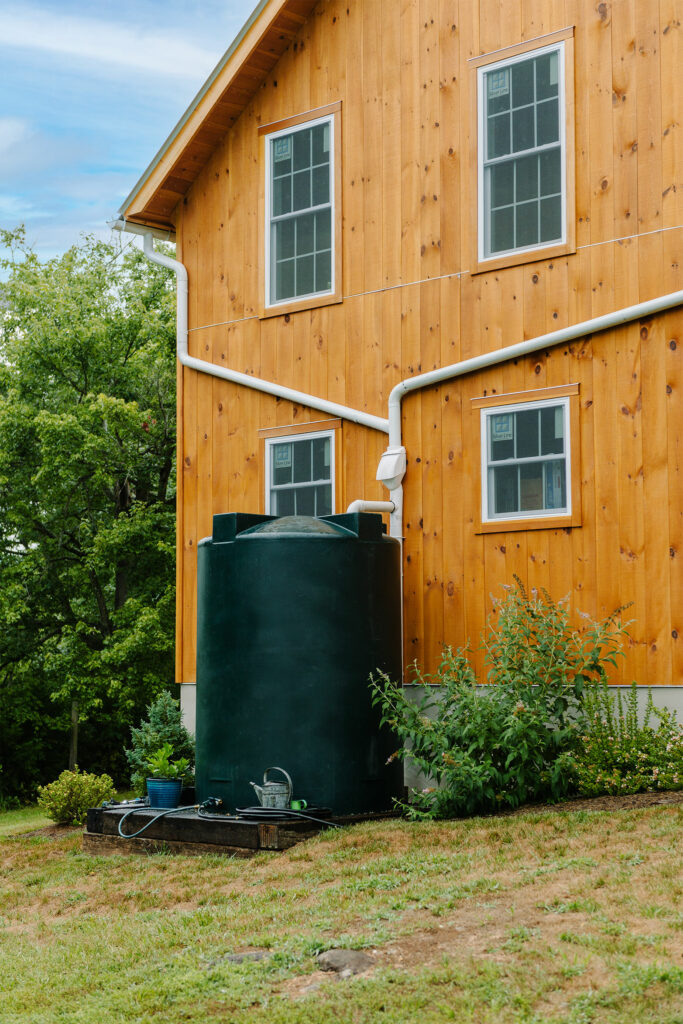
If healthy soils are the foundation of a healthy ecology, then water is its lifeblood.
Your property has a local drainage patter and water cycle that evolved naturally in concert with its geology and established plants and trees. Construction, no matter how carefully done, will disrupt these natural water flows, potentially creating micro deserts in which plants and animals struggle to survive.
Construction of buildings and driveways create an additional problem: miniature ‘flash floods’ from stormwater runoff. Most construction practices focus solely on directing water away from the structure and dumping it into the nearest convenient ditch, with little thought given to the impact on your property’s ecology.
Good stewardship of your water resources means directing water back to the original water courses or areas of natural water infiltration, such as vegetated swales. Rooftops create an opportunity for free irrigation: rainwater can be collected into rain barrels or cisterns, providing on-demand irrigation for gardens, lawns, livestock, and even mundane uses such as washing cars or maintaining a pool.
To give you an idea of how much water can be collected, the roof of a 1,000-square-foot Geobarn will collect around 600 gallons per one inch of rain—that’s enough to fill more than 15 bathtubs.
Native Plants & Trees
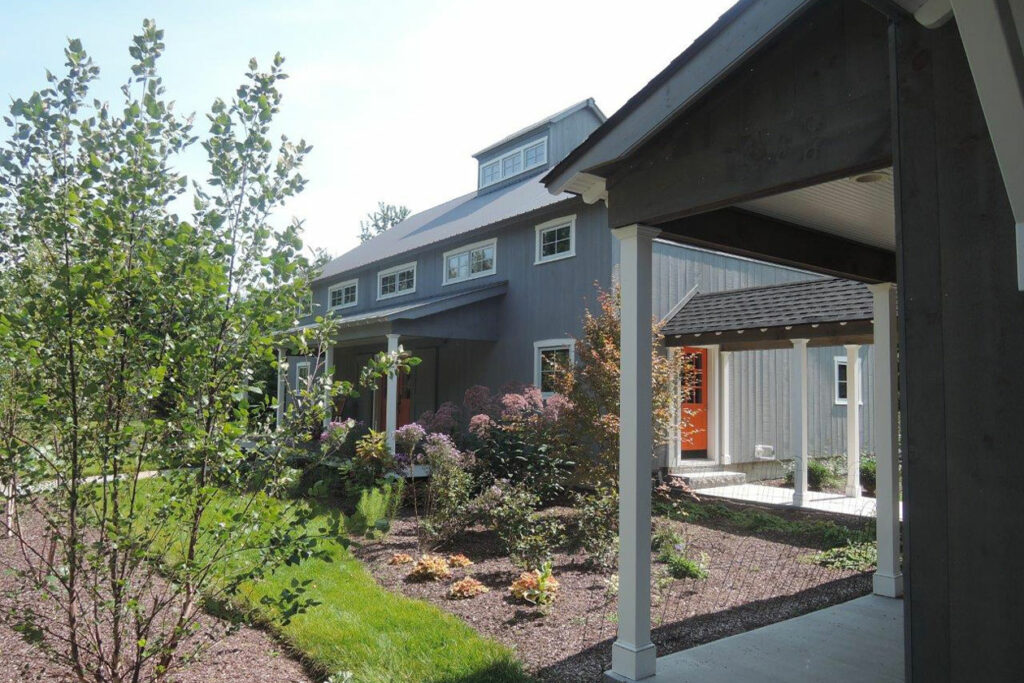
All too often, landscaping plants are chosen for eye appeal with little thought given to how they function together. The result is an ornamental garden arrangement of plants that do little to support a thriving local ecology.
Landscape plants and trees are intrinsically more than decoration; they also provide key ecological functions. They support the base of the food web and therefore the formation of the entire local ecosystem. Native plants produce oxygen and clean water, build topsoil and hold it in place, capture carbon and pump it into the ground, prevent floods and dampen severe weather. They provide forage and shelter for creatures great and small.
Good stewardship means building a cohesive ecology of flora that grow and support each other, just as they do in an untouched environment. Selecting ecologically productive plants is the cornerstone of a healthy ecology. In the end, plants are the fabric that hold the natural world–and thereby our world–together.
Wildlife Habitats

A good stewardship plan for your property will reap a wonderful reward: abundant wildlife.
A property which has been stripped of native plants and trees cannot support native insects and herbivores, which in turn drives away predators, such as birds and bats. Without a healthy population of predators, your home and property become vulnerable to overpopulations of nuisance species, such as mosquitos and rodents.
With healthy soils and good water management nourishing a cohesive ecology of native flora, your property can become more than a lovely parcel of land. It can be a productive nursery for a range of animal species, which will be attracted to and thrive around your Geobarn.
Good stewardship does more than help the environment; it turns your property into your own personal nature preserve.
Balanced & Integrated Systems
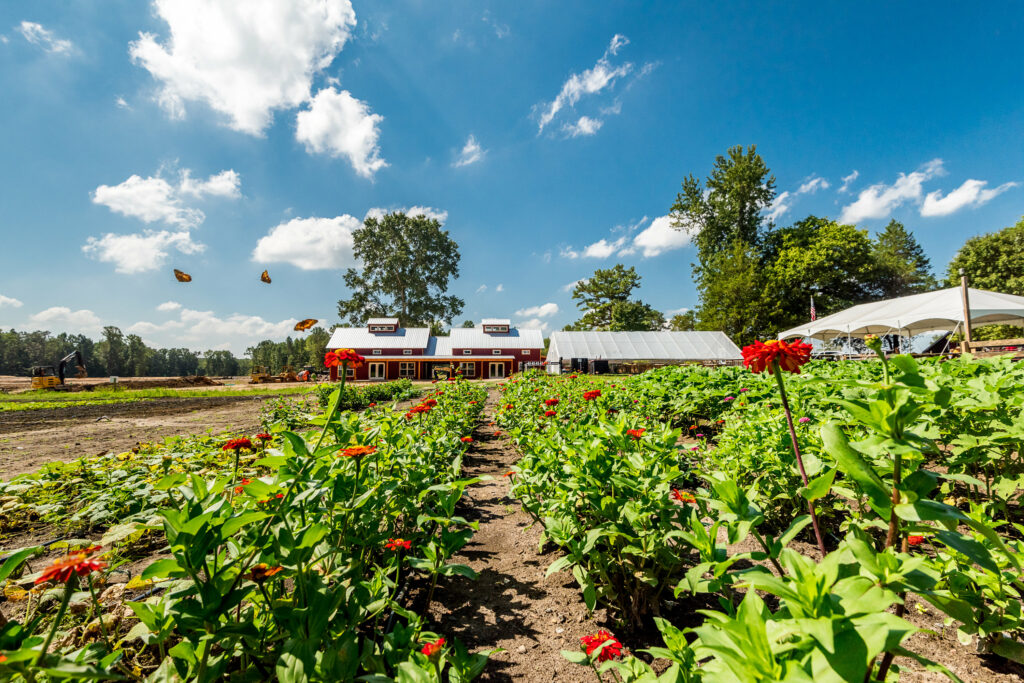
In the end, Site Stewardship has one goal: restoring a balanced ecology on your property after construction is complete.
Doing so not only restores the natural beauty and economic value of your property, it heals the scars from construction and connects our human habitations with the natural habit in which we live. It’s healthy for us emotionally and mentally.
While conservation and stewardship seem most readily applicable to rural properties, the same principles and practices apply to suburban and urban locations as well. Properly planned, even the most urban location can support an amazing array of species. Your home or business can be an oasis of nature in any setting, and Geobarns can help you do it.
Too often, we think of human activity and wildlife habitats as forces in conflict. This doesn’t have to be true. The solution is to use our knowledge, science, and technology not simply to mitigate negative impacts, but to build a harmonious relationship between our human dwelling places and the natural environment where we build them. With forethought and planning, humans and nature can flourish together.
